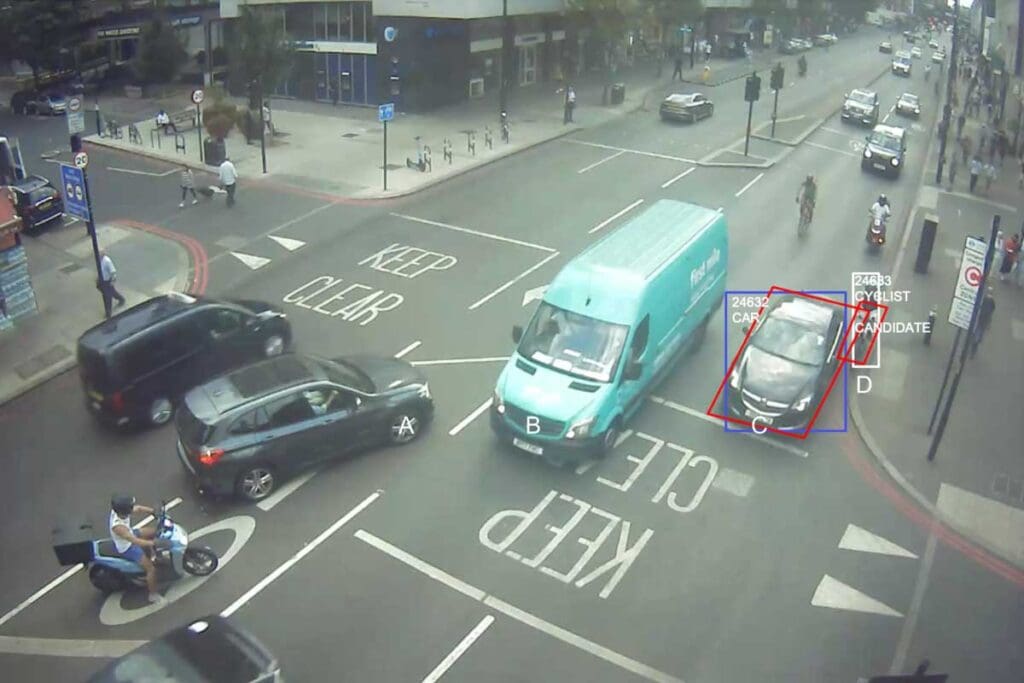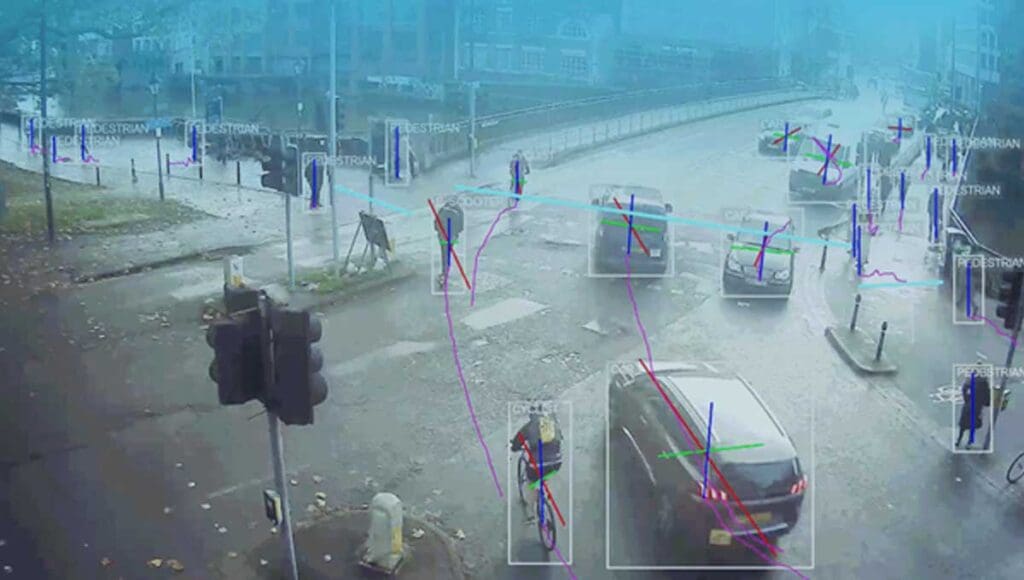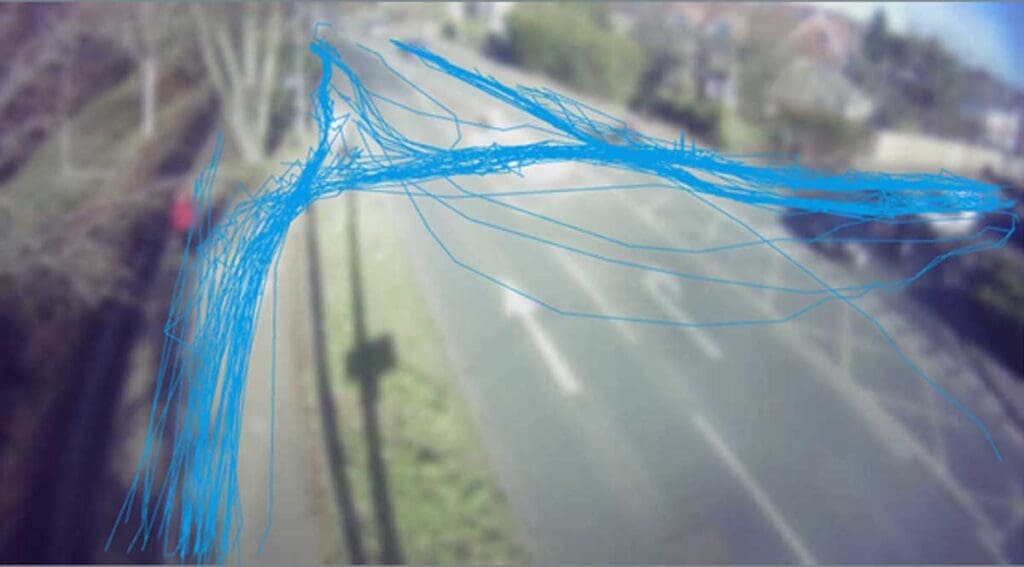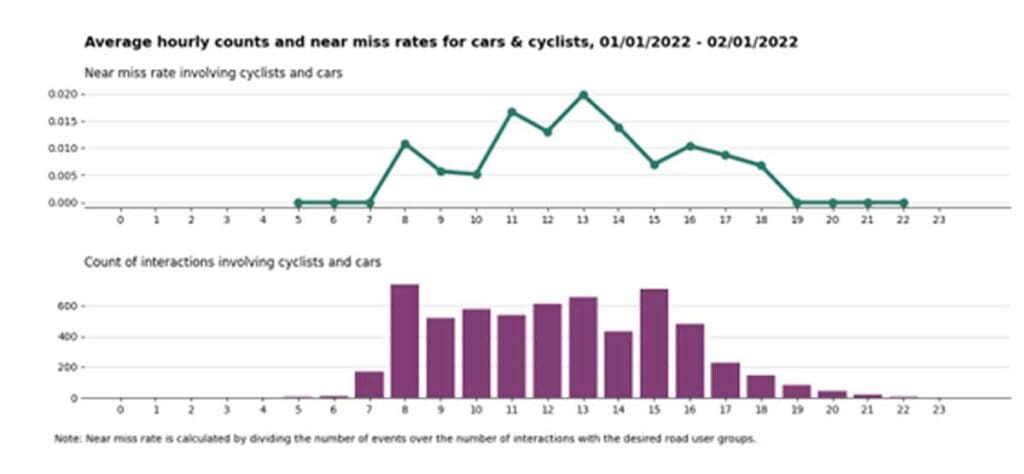VivaCity’s Advanced AI Putting Traffic Authorities on the Front Foot

~ Sponsored Content ~
“Crikey that was close!” How many times have our adrenaline-charged hearts skipped a beat to similar thoughts as a vehicle nearly squeezes us or a co-rider crashing into the gutter?
“This totally changes the way we talk about and manage road safety for cyclists and pedestrians.”
Near-misses are not only frightening – they also provide a reliable indicator of a serious or fatal accident waiting to happen.
Now, thanks to the team at the UK’s VivaCity Labs, local and transport authorities in Australia and NZ can identify dangerous spaces, prompting action before someone gets hurt, or worse.
“This totally changes the way we talk about and manage road safety for cyclists and pedestrians,” says VivaCity’s ANZ Business Lead, Ben Rippingale.
“Until now, serious accident records were used as the main way to identify dangerous cycleways, crossings, and shared spaces.

“Sadly, it’s also been the main way to establish if any intervention worked or not. No-one has ever argued that waiting to see if people keep getting hurt to prove a theory, is a good thing.”
VivaCity’s award-winning computer vision traffic sensors monitor transport environments as a whole, capturing classified behavioural data on vehicles, cyclists, e-scooters and pedestrians from a single, low-cost unit.
It allows data to collected over long periods – to address seasonal fluctuations – and enables councils and other traffic management authorities to go beyond mere traffic and incident counts so they can analyse how different types of vehicles interact with each other.
It enables local and transport authorities to better allocate their finite resources and to rationalise their roadworks priorities to their communities and pitch for funding assistance.
VivaCity’s insight to interactions between different types of vehicles also enables authorities to better predict how traffic management changes for particular transport modes are likely to impact on other road users.

Since 2018, VivaCity has captured over 22 billion classified traffic movements from 3500+ sensors in 100 cities in the UK, Europe, and Australia.
VivaCity’s high-accuracy sensors have now received a major upgrade, enabling them to automatically record near misses between vehicles and cyclists in near real time.
In the next few months, that capability will be extended to include near misses involving pedestrians and e-scooters.
“Traditional monitoring tech works in 2D, but people, bikes and cars exist in three dimensions,” Ben said.
“Prioritising fixes, and justifying the cost, now becomes a matter of logic rather than debate.”
“Our sensors track 3D models in near real-time, allowing us to understand proximity, trajectory and likelihood of collision. It’s more accurate than human reviewed video, at a fraction of the time and cost.”

A video of each incident (blurred to maintain privacy) is captured, allowing the root cause to be quickly identified. Summary statistics of incidents as a count and proportion of cycling traffic is available, and can be further mined to understand the impact of time of day, weather, seasonality and other variables.
“If you can measure it, you can manage it. ‘We don’t have any way to get the data’ is no longer a statement you’ll have to hear from your mayor or local member,” Ben said.
“Prioritising fixes, and justifying the cost, now becomes a matter of logic rather than debate. It’s hard to argue with hard data, and harder still when it’s backed up with video evidence of all the people whose day nearly ended very differently.”
More information is available by visiting www.vivacitylabs.com, emailing ben.rippingale@vivacitylabs.com or phoning +61(0)429 116555.
